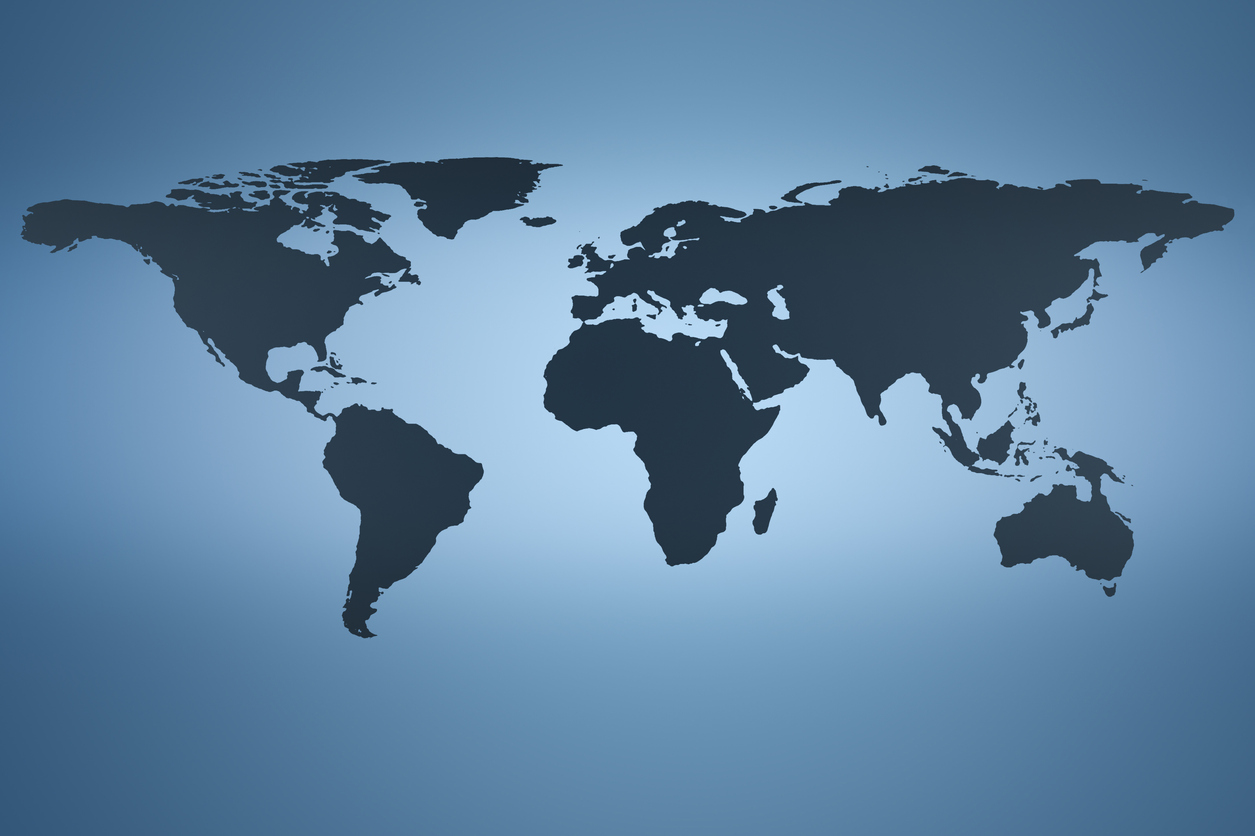Oftentimes, we hear startling statistics that make us shiver and can cause a knee jerk reaction. Much has been written about the quantity of drugs that come from overseas, and the push for moving manufacturing of active pharmaceutical ingredients (API) and finished dosage forms (FDF) back into the U.S. While bringing jobs back to the U.S. is a good idea, I think we also need to keep in mind the complexity of the worldwide supply chain before making any changes in legislation, or as Eric Boehm says in his article (here) appearing in the Reason, “Bad facts make bad laws”.
This piece parses out some reported statistics that do not seem to stand-up to the light of day, and the origins of these facts may surprise you. While I will admit that the number of API suppliers in China is increasing, as well as the number of FDF manufacturers, by no means are they the majority of the number of suppliers that are exporting pharmaceutical products into the United States. As far as worry about China cutting off supply of such a large proportion of drug ingredients and products, according to Boehm’s article, “[T]here are only three drugs on the WHO essential medicines list whose active ingredients are sourced entirely in China, the FDA found. They are capreomycin and streptomycin, which are used to treat tuberculosis, and sulfadiazine, which is used to treat trachoma, among other things.” In addition, the FDA has stated that they do not anticipate any major shortages of drug products or APIs due to the COVID19 pandemic.
Boehm makes some good arguments, chases down the origin of some of these “statistics” and provides a good balance to provide a reasoned (no pun intended) view of the situation. Do we need to assure our supply chain is safe? Of course, but we also need to recognize that some of the reasons, other than cheaper labor, that have forced API manufacturers (in particular) overseas are stringent environmental laws and regulations that make it cost prohibitive to use and dispose of certain solvents used to make these APIs. So, there are certainly competing factors at play in this aspect of the argument alone. Do we want to further relax our environmental rules and risk further pollution of our air and waterways? Or do we want to pay higher prices to make these ingredients in the U.S., taking into consideration the huge expense to remove and dispose of those solvents in the manufacturing process? You can see the next place this argument can go, and that is the impact on the high cost of prescription drugs that most of the politicians, patients, and pundits are complaining about.
Are there risks in the supply chain – certainly, but let’s see how to mitigate those risks before a wholesale change is made, and before we see potential unintended consequences of jumping into the deep end of the pool. Do I worry about the supply chain – of course, but we need to better understand the vulnerabilities in the supply chain and devise better mechanisms of dealing with them. Remember, there are also problems uncovered by the FDA at U.S. manufacturing sites for both APIs and FDFs. Please read this informative article and take a step back and think about the delicate nature of the worldwide supply chain, the intricacies of its nature and the implications of tinkering with its complexity before, as Boehm worried. “bad facts make bad laws” without a fair and accurate treatment of the facts.




